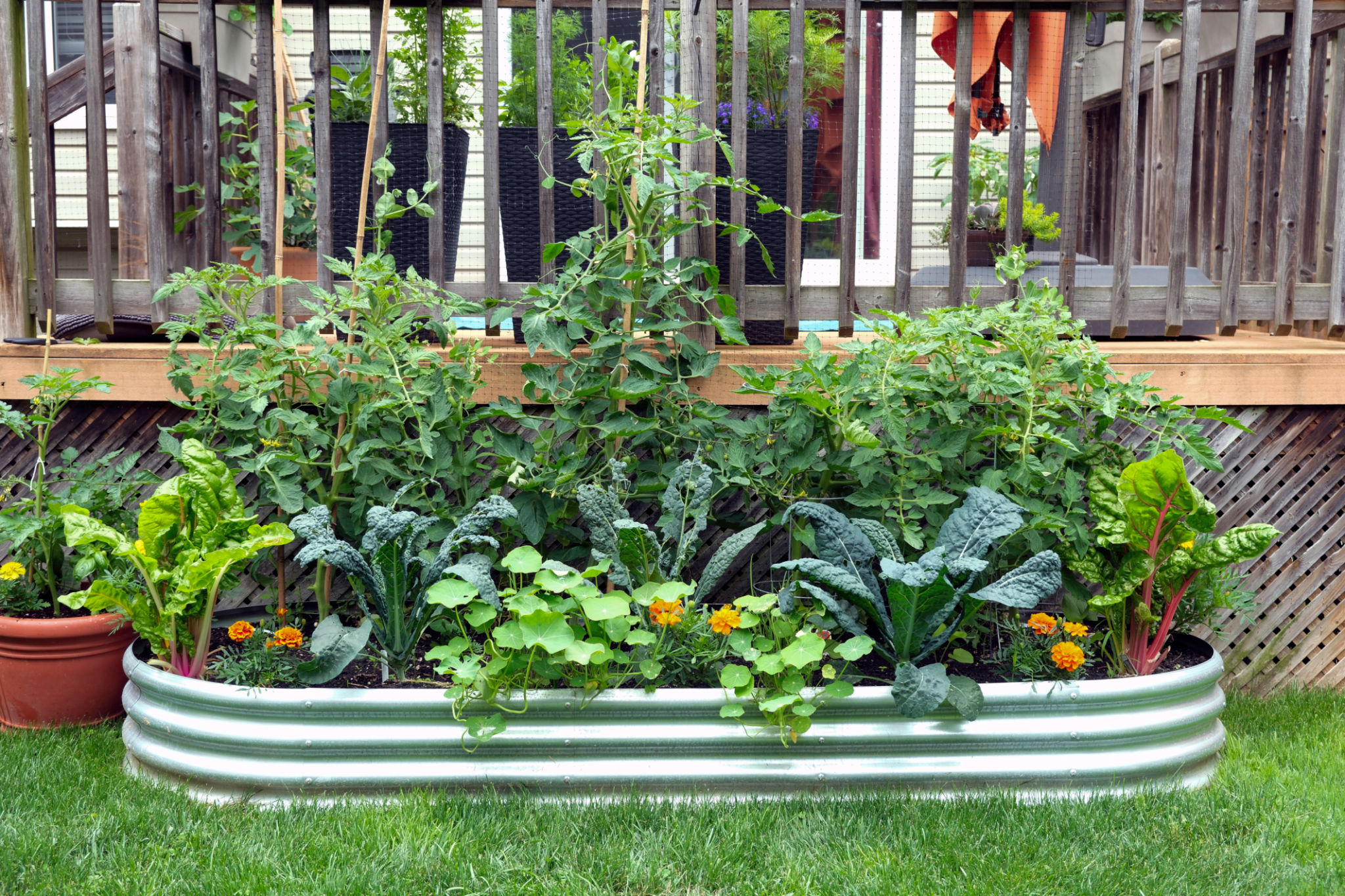DIY Tips: How to Screen Your Soil at Home
Understanding the Importance of Screening Soil
Screening your soil at home is a fundamental step to ensure your garden or landscaping project thrives. By removing debris, stones, and large clumps, you promote better root growth and enhance the overall health of your plants. A well-screened soil facilitates improved drainage and nutrient distribution, which is crucial for any successful gardening endeavor.

Essential Tools for Soil Screening
Before you begin the process of screening your soil, it's important to gather the right tools. The basic equipment includes a soil sifter or sieve, which can be purchased or made at home. Look for a sifter with a mesh size that matches your gardening needs—typically, 1/4 to 1/2 inch is suitable for most gardens. Additionally, you'll need a shovel, a wheelbarrow or tarp for collecting sifted soil, and potentially some gloves for hand protection.
Step-by-Step Guide to Screening Soil
Once you have your tools ready, follow these steps to screen your soil effectively:
- Set up your workspace: Choose a flat area in your yard or garden. Lay a tarp to catch any excess soil and debris.
- Position the sifter: Place the sifter over the wheelbarrow or on a sturdy surface where you can easily shovel soil onto it.
- Shovel soil onto the sifter: Using your shovel, place a manageable amount of soil onto the sifter.
- Shake or rub the soil through: Gently shake the sifter back and forth to help the fine soil fall through while retaining larger debris.
- Collect and dispose of debris: Once you've screened enough soil, remove the debris left on top of the sifter and dispose of it appropriately.

Tips for Efficient Soil Screening
To make the process more efficient, consider moistening dry soil slightly to prevent dust and improve the ease of screening. However, avoid overly wet soil as it can become clumpy and difficult to process. Work in small batches to maintain control over the screening process and ensure thoroughness.
Benefits of Using Screened Soil in Gardening
Screened soil offers numerous advantages for your gardening projects. It provides a smoother texture that is easier for roots to penetrate, contributing to healthier plant growth. Additionally, screened soil is more aesthetically pleasing, making it perfect for top dressing lawns or filling flower beds. By eliminating large stones and debris, you also reduce the risk of damaging gardening equipment.

DIY Soil Sifter Construction
If you're feeling particularly handy, consider constructing your own soil sifter. This can be done using wood planks to create a frame and hardware cloth for the mesh. Cut the hardware cloth to fit within the frame and secure it with staples or nails. This custom tool can be tailored to your specific needs and can save money compared to purchasing a commercial sifter.
Conclusion: Enhance Your Garden with Screened Soil
Screening soil at home may take some effort, but the results are well worth it. By following these DIY tips, you can improve your garden's soil quality, leading to healthier plants and a more beautiful outdoor space. Whether you're an experienced gardener or just starting out, screened soil is an invaluable resource in achieving gardening success.